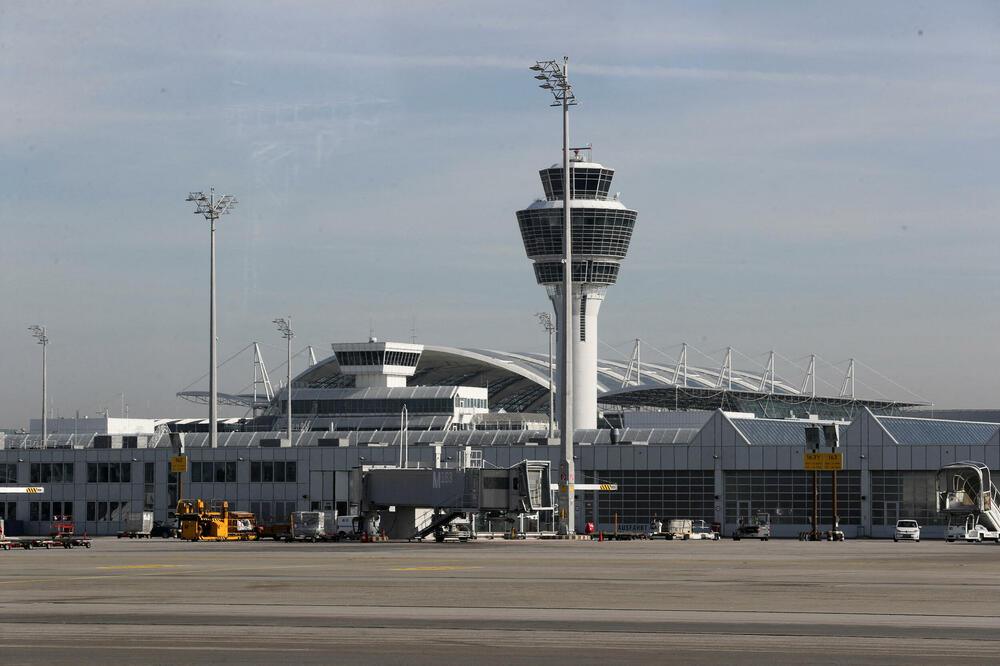An Overview of Munich Airport and Its Recent Developments

Introduction
Munich Airport, officially known as Franz Josef Strauss Airport, stands as a crucial hub in Europe, facilitating millions of passengers annually. Recognised for its efficiency, exceptional services, and strategic location, the airport plays a pivotal role in both local and global air travel. As aviation reemerges post-pandemic, understanding the latest developments at Munich Airport is vital for businesses, travellers, and air transportation policymakers.
Recent Developments
In recent months, Munich Airport has welcomed a surge in passenger traffic, nearing pre-pandemic levels. According to official reports, the airport served approximately 50 million passengers in 2022, signalling a robust recovery trajectory. The increase is attributed to several factors including the resumption of international routes and enhanced flight frequencies by major airlines.
Furthermore, Munich Airport has actively invested in expanding its infrastructure. A new terminal and additional parking facilities have been proposed to accommodate the anticipated growth in passenger numbers. Notably, the airport authorities are also enhancing their digital infrastructure, aiming to streamline check-in processes and improve the overall passenger experience.
Sustainability Initiatives
Alongside growth, Munich Airport is also committed to sustainability. In a recent initiative, the airport management announced plans to achieve carbon neutrality by 2030. Measures include investing in renewable energy sources, optimizing ground transport systems to reduce emissions, and promoting eco-friendly practices among airlines operating there. This commitment reflects the increasing demand for sustainable travel options and aligns with wider European Union goals for reducing carbon footprints in air travel.
Future Outlook
The outlook for Munich Airport remains positive as it continues to adapt to changing travel patterns and post-pandemic dynamics. Experts predict further growth in air travel, particularly with the increasing popularity of international travel and tourism in Europe. Innovations in technology and customer service enhancements will likely position Munich Airport as a leader in the aviation sector over the coming years.
Conclusion
In conclusion, Munich Airport is not just a vital transport hub but also a model for modern airport management and sustainability practices. Its ongoing developments promise to enhance travellers’ experiences while contributing positively to the environment. As the aviation landscape evolves, staying informed about Munich Airport’s strategies and performance will be beneficial for all stakeholders in the travel industry.
